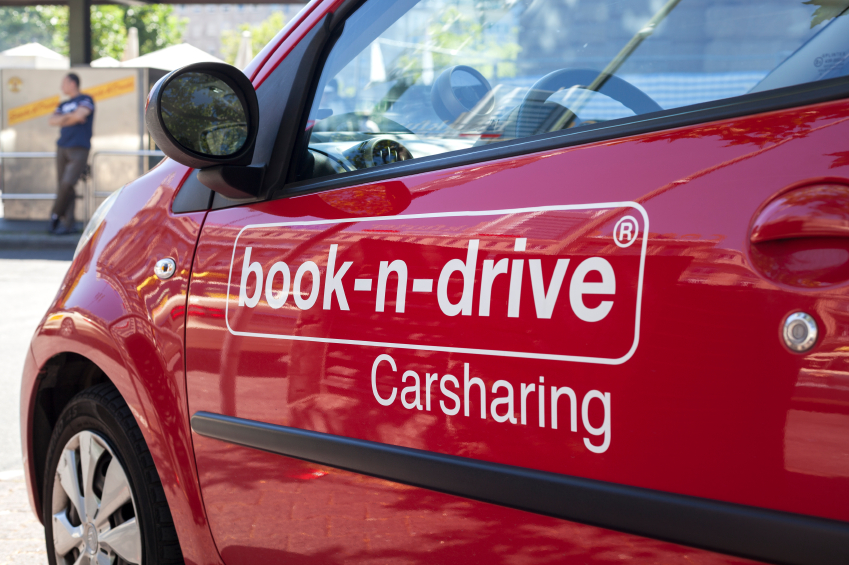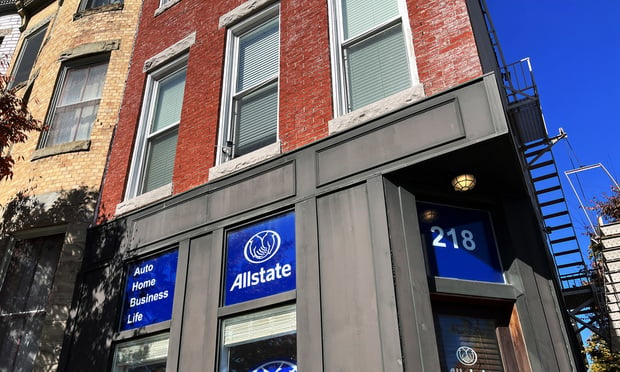When a major ride-hailing service recorded its billionth ride last December, it became increasingly clear that this phenomenon is more than just a passing trend. What's a bit less clear is how extensive the effects will be on the auto insurance industry — and specifically on telematics and usage-based insurance (UBI).
It's not only ride-hailing service providers that are riding the wave. Peer-to-peer providers offering what are commonly known as car-sharing services and membership-based car rental services — neither to be confused with ride-hailing platforms that allow members to carry persons for hire — are growing in popularity as well.
One peer-to-peer player based in San Francisco reportedly provides a platform that enables car-owner members to earn money by renting their vehicles for the short term to fellow members who may not want the commitment of owning a car. According to its website, this provider now serves 2,500 cities and 300 airports. A variation on this model is on-demand, membership-based rental services, which enable members to lease cars from their fleets for a few hours or a few days.
Another new player to enter the car-sharing market is a major automobile manufacturer that recently launched a pilot car-leasing program at three Austin, Texas, dealerships, according to reports. The program appears to fall somewhere between a traditional lease program and a car-sharing model.
According to Ford's website, the automaker is offering 24-month leases to "self-organized groups" of three to six people who share the lease on a vehicle. In conjunction with this program, the company has also developed a special app and plug-in device that group members can use to reserve drive time (in 15-minute increments), coordinate lease and insurance payments, and handle other car-ownership responsibilities.
According to the program website, the group approaches the dealership together, but each member completes a credit application individually. The group members are "jointly and severally responsible" for the lease payments, regardless of how they decide among themselves to share payments; typically, that means if one member misses a payment, every member is held accountable.
|Quickly growing phenomenon
Such car-sharing and ride-hailing programs reflect a quickly growing phenomenon. A September 2015 study by McKinsey & Co., a New York City-based management consulting firm, found ride-hailing and car-sharing services increasing at a rate of 35% each year in the United States and, in 2014, reaching 1.6 million members. In Germany, where McKinsey conducted a comparative study, the numbers were even higher, with membership growing 50% a year since 2010.
Continue reading …

While the effect of car-sharing on annual vehicle mileage is still being studied, preliminary findings indicate that a shared vehicle is used more frequently and its annual mileage could increase from 11,700 to 20,400 on average. (Photo: iStock)
We can probably expect the trend to continue its upward trajectory. Car-sharing is clearly a transportation mode aligned with millennials — those of the generation born between 1982 and 2000, the largest segment of the U.S. population. This cohort seems to have embraced a sharing economy in general.
From a car owner's or lessee's perspective, there's a certain logic behind the growing popularity of ride-hailing. Most cars sit parked and unused 90% of the time or more, according to the McKinsey study. Again, from a car owner's or lessee's vantage point, there could be an appeal to sharing the costs (including lease or purchase financing, insurance premiums, and maintenance costs) and maximizing the vehicle's usage.
What are the implications for auto insurers? There are likely to be risk exposure issues to consider. For example, the McKinsey analysis reports that while the effect of car-sharing on annual vehicle mileage is still being studied, preliminary findings indicate that a shared vehicle is used more frequently and its annual mileage could increase from 11,700 to 20,400 on average.
|Insuring shared risks
Current car-sharing models provide insight into how some insurers have responded to, or are grappling with, a new concept in auto underwriting. The automaker's car-leasing pilot program described previously notes that group members have the option of obtaining insurance from any provider they choose. Meanwhile, the peer-to-peer car-sharing service based in San Francisco claims on its website to provide special short-term insurance through a third-party provider to car owners and renters, following a screening process. The company also notes on its website, in part, that the special coverage may or may not supplement the individual's own personal auto policy and advises its members to consult their "insurance professional" for guidance.
There are also challenges to consider for such UBI programs as pay-how-you-drive and manage-how-you-drive models. One question might be:
- How can we best track the driving history of each owner/driver who participates in car-sharing or ride-hailing services?
From an insurance and underwriting perspective, some considerations may include:
- Typically, will insurers issue a single policy that has multiple named insureds, or will they issue multiple policies, one for each named insured?
- How does an insurer accommodate disparities in risk among drivers when underwriting a policy?
- How do individual driving patterns affect the overall premium in a shared model?
- In a scenario where there is one "good" driver and one "poor" driver, will the "good" driver be assessed at a higher rate because the other driver represents a higher risk?
- Is it possible to assess risk based on the amount of time or time of day or week that each person drives and is therefore potentially exposed to different risks?
- For example, if one person drives the vehicle during the weekday rush hour while the other uses the vehicle only on weekends or nights, the risks may be different for each driver.
Those are some of the questions and challenges the insurance industry will have to navigate as it finds ways to respond to the car-sharing and ride-hailing phenomenon.
It's always important to remember that with challenge comes opportunity. It will be fascinating to watch for innovative solutions to emerge — especially within the field of telematics — that address the needs of the car-sharing consumer.
James Levendusky is vice president of telematics for Verisk Insurance Solutions at Jersey City, N.J.-based Verisk Analytics. Opinions expressed in this article are his own.
Want to continue reading?
Become a Free PropertyCasualty360 Digital Reader
Your access to unlimited PropertyCasualty360 content isn’t changing.
Once you are an ALM digital member, you’ll receive:
- Breaking insurance news and analysis, on-site and via our newsletters and custom alerts
- Weekly Insurance Speak podcast featuring exclusive interviews with industry leaders
- Educational webcasts, white papers, and ebooks from industry thought leaders
- Critical converage of the employee benefits and financial advisory markets on our other ALM sites, BenefitsPRO and ThinkAdvisor
Already have an account? Sign In Now
© 2025 ALM Global, LLC, All Rights Reserved. Request academic re-use from www.copyright.com. All other uses, submit a request to [email protected]. For more information visit Asset & Logo Licensing.








